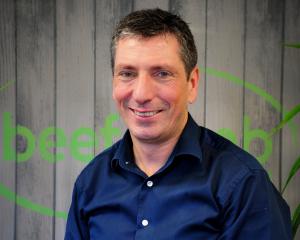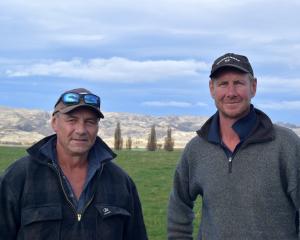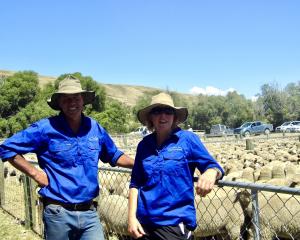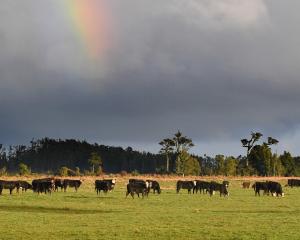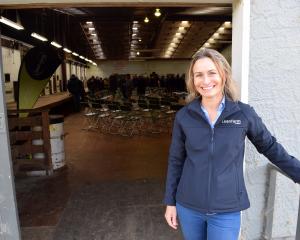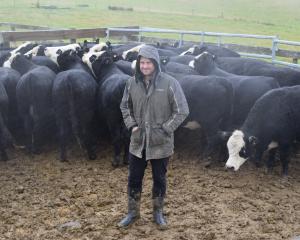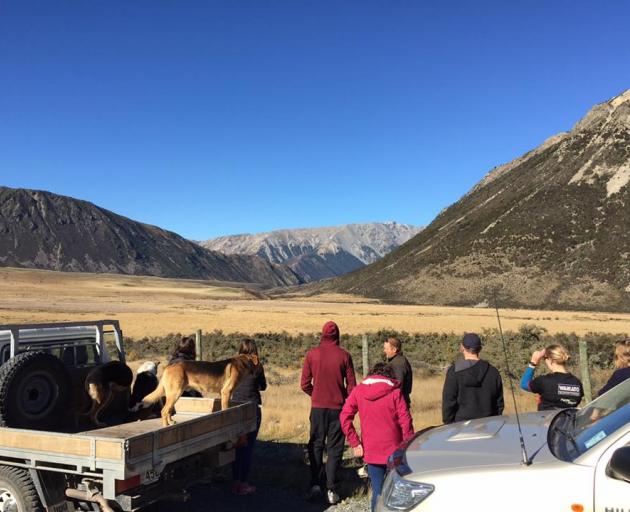
The working sheep station in Canterbury’s Craigieburn Valley is largely a breeding unit of about 8500 ewes with 350 breeding cattle.
They came out of a relatively mild winter into a cold spring and growth was particularly slow.
Then it stopped raining, Mrs Hill told about 70 farmers attending Beef + Lamb NZ’s (B+LNZ) Farming for Profit: When will it rain field day at Windwhistle’s Tui Estate.
Early decisions had to be made as being at a higher altitude meant a shorter growing season, she said.
The farm management team reported to the board of Flock Hill at tailing time that the outlook was "grim".
"It’s quite a hard pill to swallow that this farm which is meant to be making X amount of dollars is actually costing. They wanted to know what happened and why it was so bad so there was a lot of explaining all the way through. We tried to make decisions as soon as possible and tell them what decisions are coming."
She said early plans were made such as bringing forward the on-farm lamb sale.
The decision to be proactive and not reactive was key to limiting losses, she said.
"There’s no point making a decision when you’re forced in to it and it is hard to sell lambs for less than expected and our average for the whole year is going to be ridiculous. It’s about mitigating the losses and putting ourselves in the best possible position to reduce the effect on next year. It’s those capital stock that we need to maintain as well as we possibly can because that’s our next year’s income. We want to reduce the flow-on as much as we can."
In the past, much of the about 450ha of lucerne grown is sold as baleage.
"So our decision making really started at the end of October when we were looking at our lucerne and the potential if it didn’t rain. We looked at how much of that lucerne are we going to put down the throats of ewes with lambs at foot, how much are we going to conserve and put into baleage to sell. A lot of decisions happened early based around the weather because it was cold and then the lack of rain."
Mrs Hill said they had only cut half the amount of lucerne they normally would by halfway when they would usually be making large amounts of baleage.
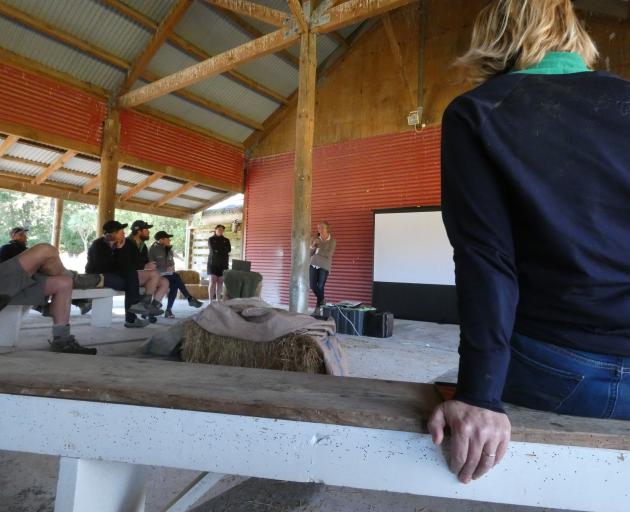
Lambs were weaned five weeks early with an on-farm sale, usually held on February 23, also brought forward by five weeks.
Mrs Hill said they sold as many lambs as they could at the time, but there were still 2500 lambs yet to reach sale weight.
"We averaged $63 a head on those lambs that went and then from there it was a case of getting those lambs to size so they can sell."
The last ones were sold at the end of last month, including about 1000 larger lambs.
"But the decision was made pretty much mid-January that we had to quit all lambs as soon as possible. Last year’s carry-over calves sold normally in April all went in November. It was pretty obvious then that we wouldn’t be carrying any extra. Decisions were made back in January again about the calves and where the dry was."
All the replacement lambs are on grazing at Mt Somers and after the calves were weaned they made the call to take no replacements through this year.
"We are still in the position we haven’t really had the rain and the recovery period is next to nothing now because of our altitude and we aren’t going to get that growth."
She said the next decision was whether to bring the replacement lambs back home or sell them.
After that a decision would be made on next year’s aged cull ewes as a "lever" to pull if there was insufficient feed and to consider bringing in barley for tupping for ewes on the hill blocks.
The timing of this had to be considered too as their tupping and lambing was later, she said.
"Again, decisions made early, made as a team and discussed early are way better than ones after the fact or when you’re on the wire."
She said they were looking hard at the overall farm system, taking into account all the factors and perhaps making some major changes to fit.


